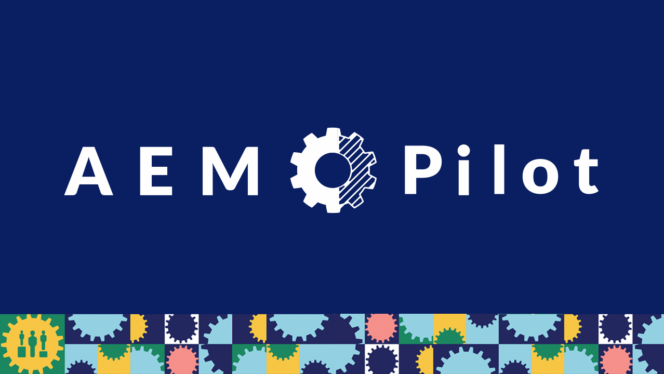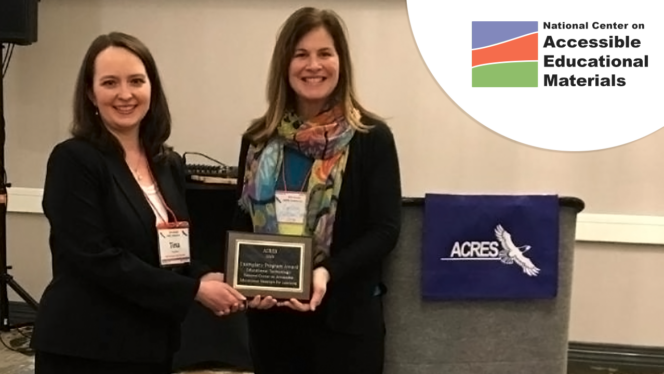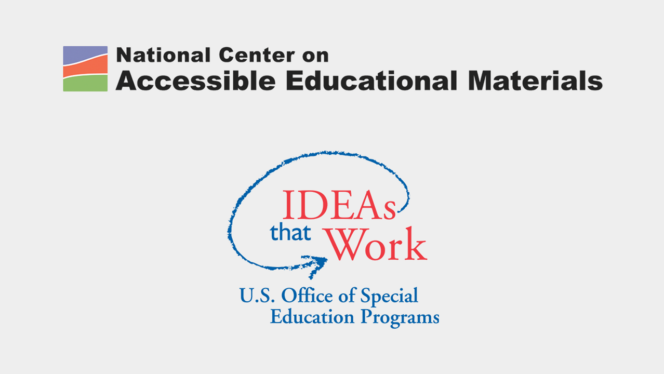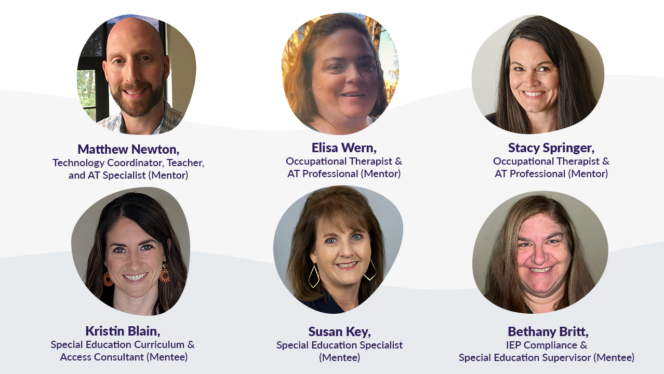-

-

-
AEMing For AccessJoin us on the third Thursday of the month for this 30-minute webinar series, where CAST brings educators together to talk…
-
AEM Center: National Center on Accessible Educational Materials for LearningLearn how the AEM Center can help ramp up your accessible materials systems and practices.
-

-

-

-

-

Showing results for page type aem 20x20 20x20 page type 20x20 aem 20x20 type 20x20